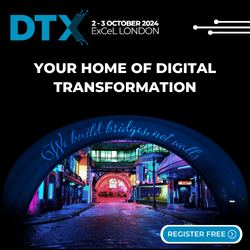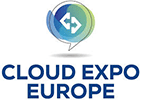Next-Generation CRM: Driving Productivity with End-to-End Cloud Services
November 30, 2011 No CommentsNext-generation CRM services are fundamentally cloud aware, with open interfaces for integrating with other related services, such as collaboration; content, such as product specifications, or customer data; and network information, such as device location and user presence.
The net goal is to deliver simple and immediately useful technology that supports natural human interactions for end users, that can be easily managed by IT, and that drives continuing business value. Whether they are delivered as pure cloud services or a hybrid combination of cloud delivery and on-premise deployments, next-generation CRM applications can be far more than the sum of their parts. Cloud applications (also called software as a service, or SaaS) can be deployed moments after purchase, giving users quick access to innovation as it is developed. The delivery model provides near-infinite capacity for scaling up or down based on changing requirements, so businesses pay for what they use, and utilization can be matched with real business requirements. For IT managers, access to cloud applications and platforms means they can match their onsite datacenter resources with components that are cloud sourced to provide a more complete technology portfolio for their users. Most importantly, the cloud means IT organizations have a powerful new asset to help them keep promises to their most important customer — their business units. Cloud computing is not just about applications; platform and infrastructure software can also be delivered as services. In this document, Software as a Service (SaaS) refers to applications, Platform as a Service (PaaS) refers to platforms, and Infrastructure as a Service (IaaS) refers to infrastructure, each delivered through the cloud. This shorthand is a simple way to convey a powerful message. Together, these components make up the spectrum of public IT cloud services, which IDC projects will be a US$70 billion market by 2015, accounting for nearly 17% of Information and Communication Technology (ICT) spending worldwide.


 Inside the Briefcase
Inside the Briefcase











